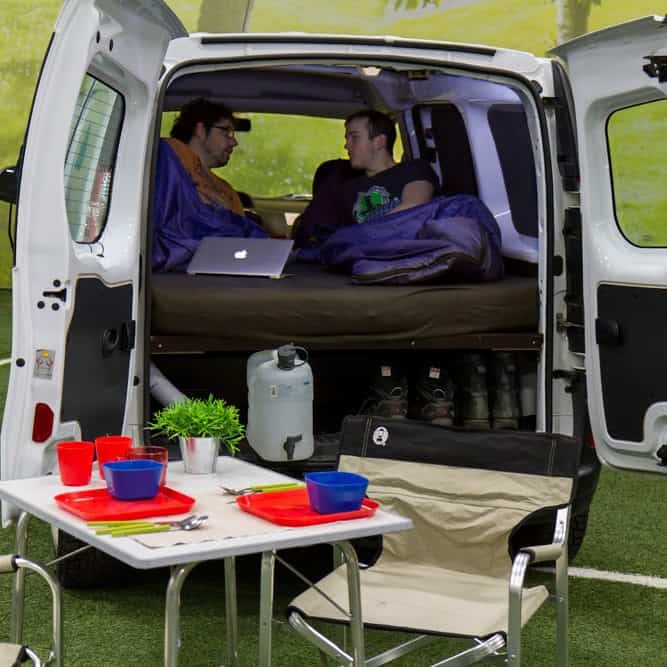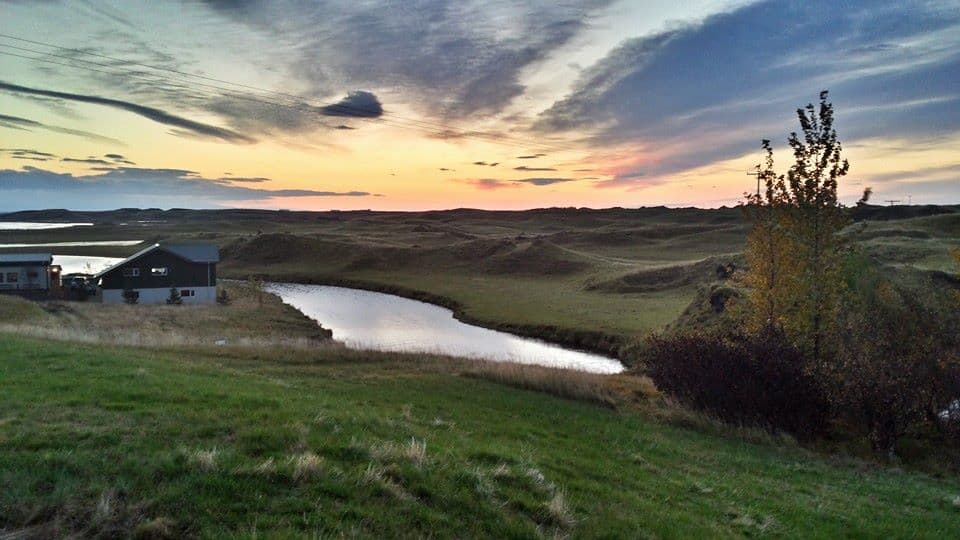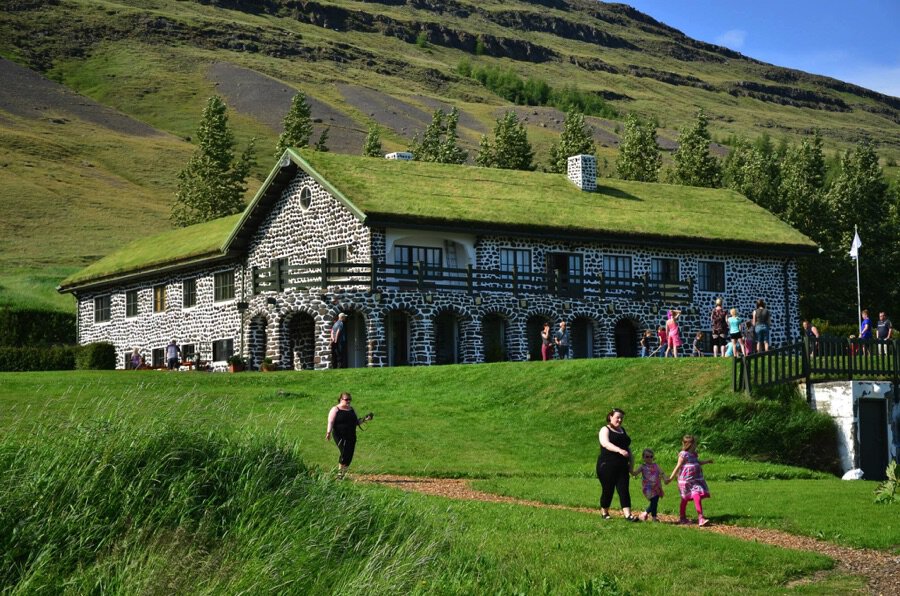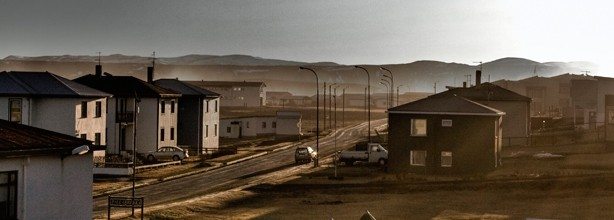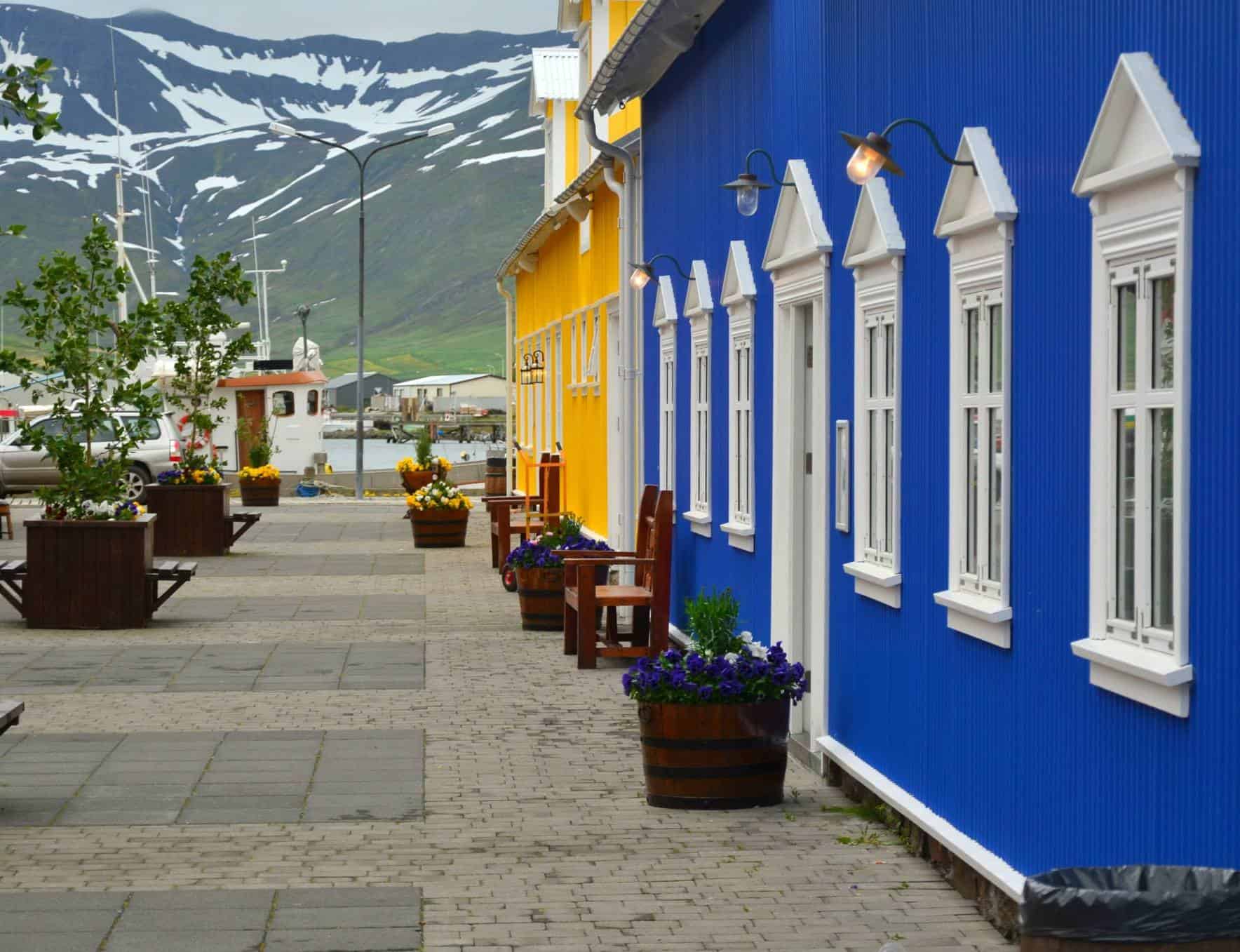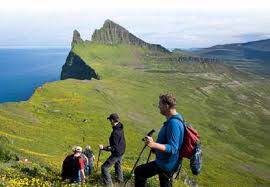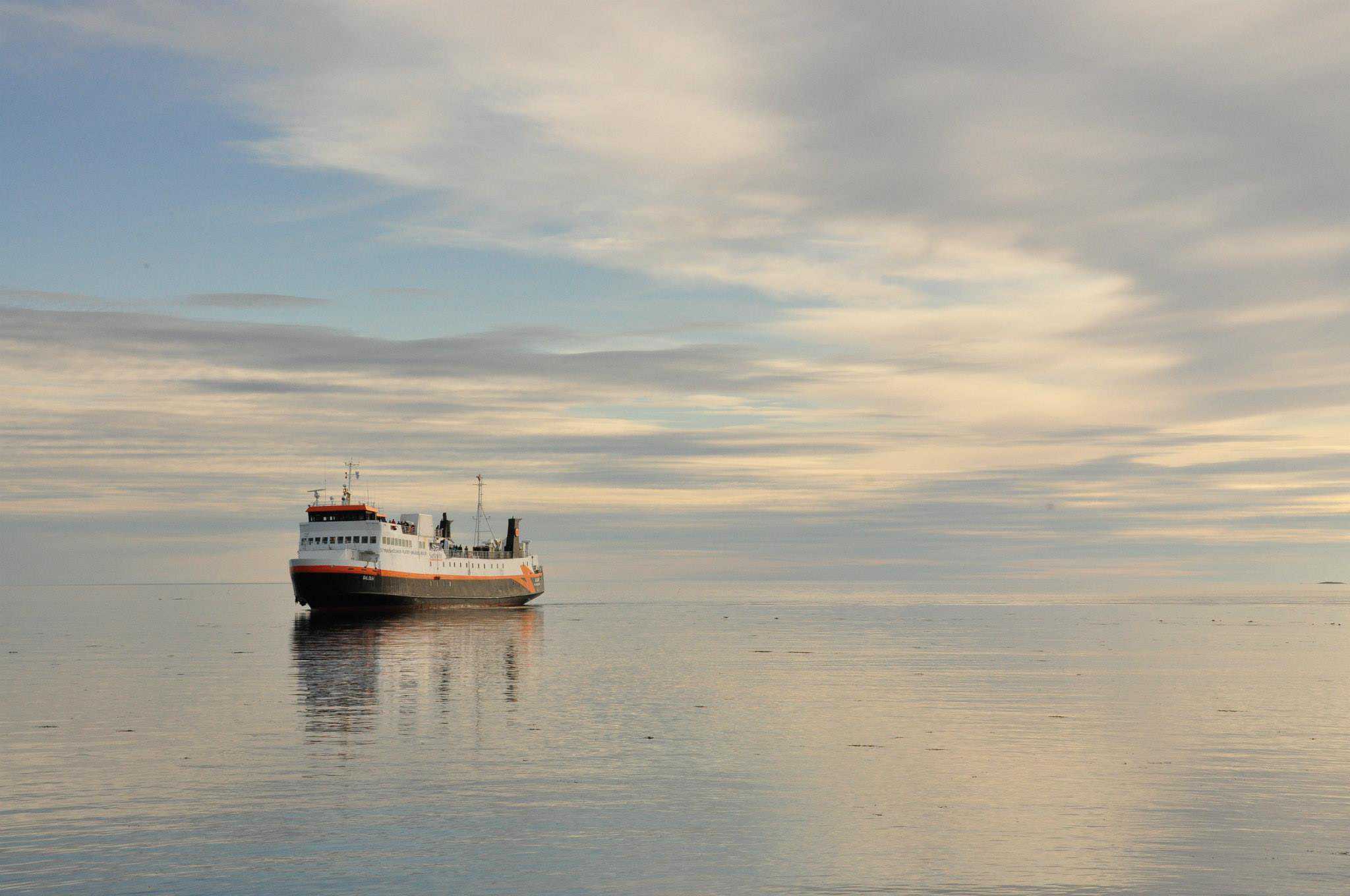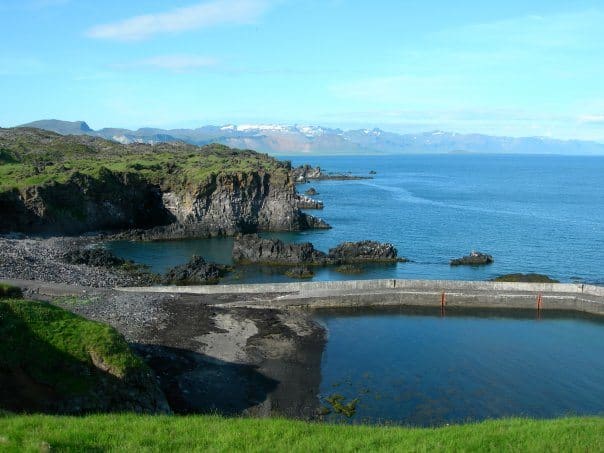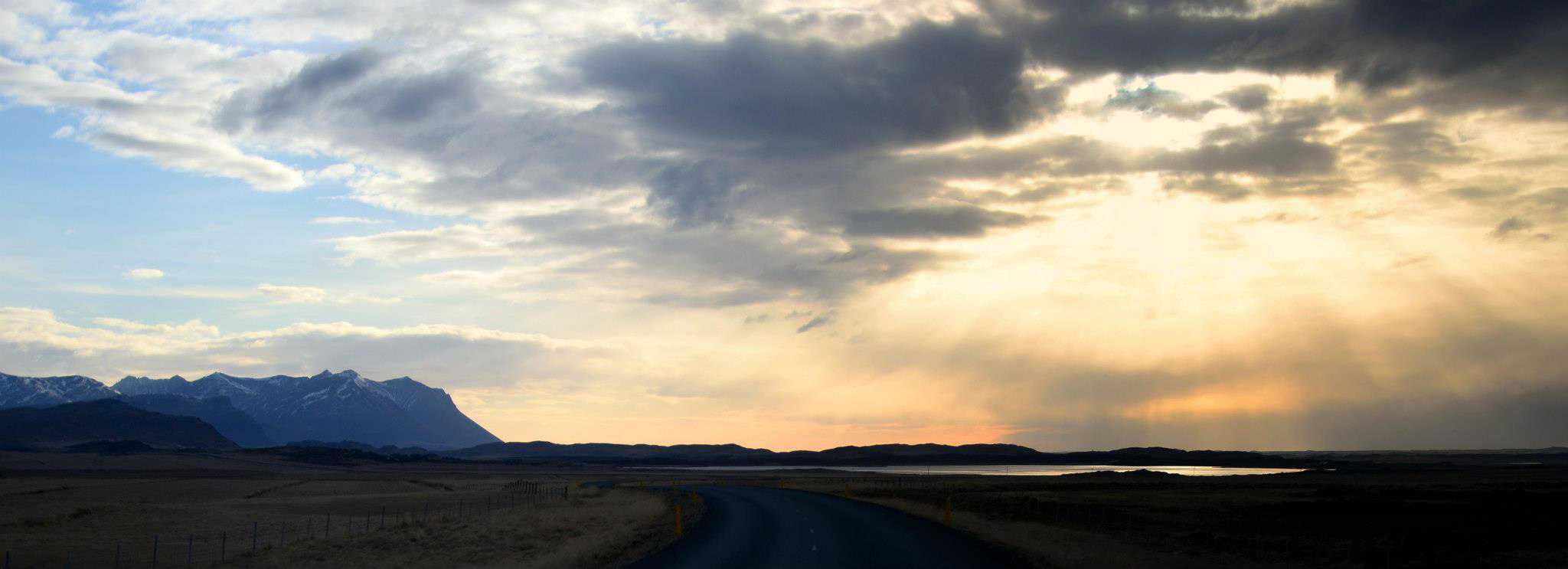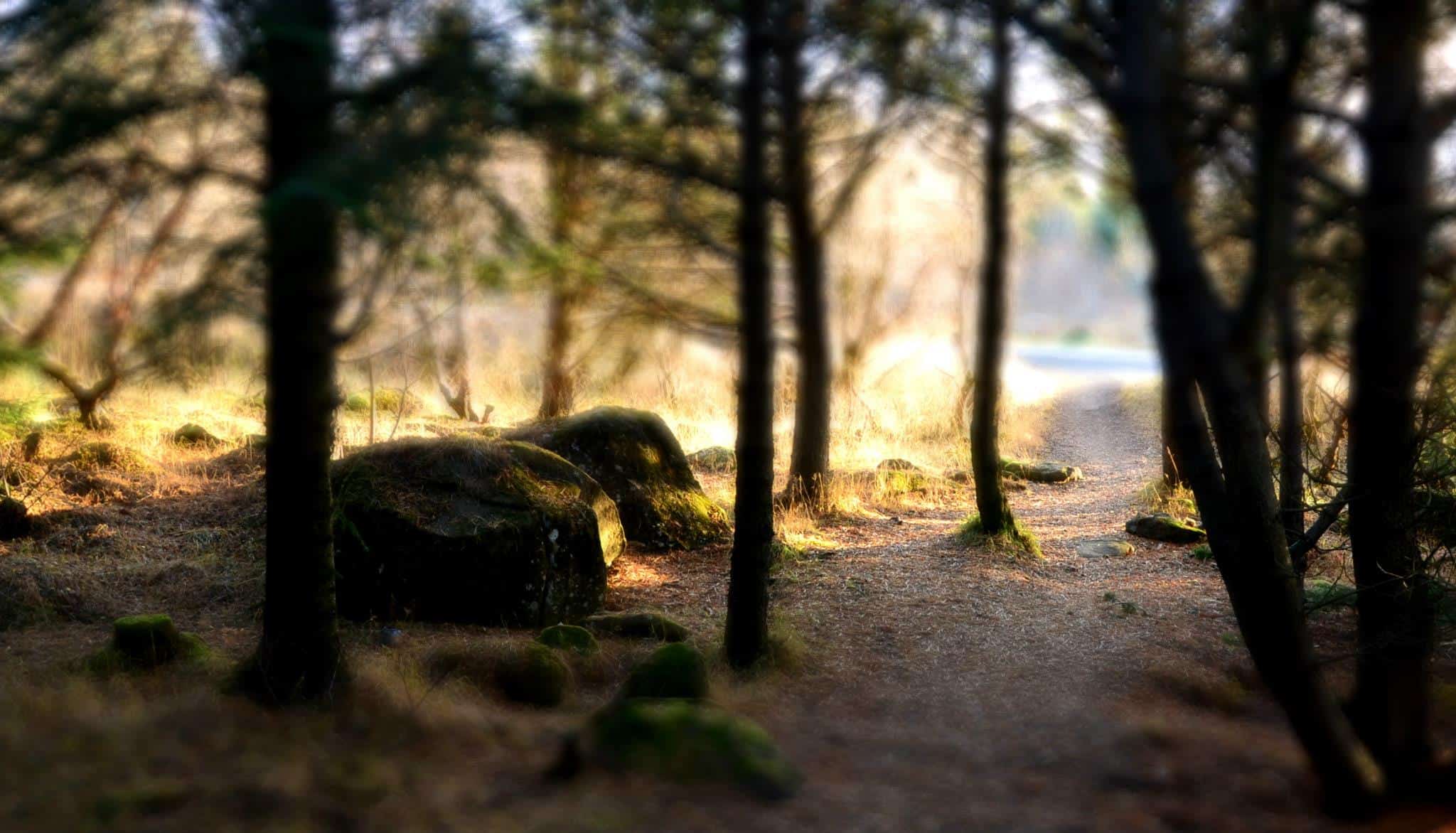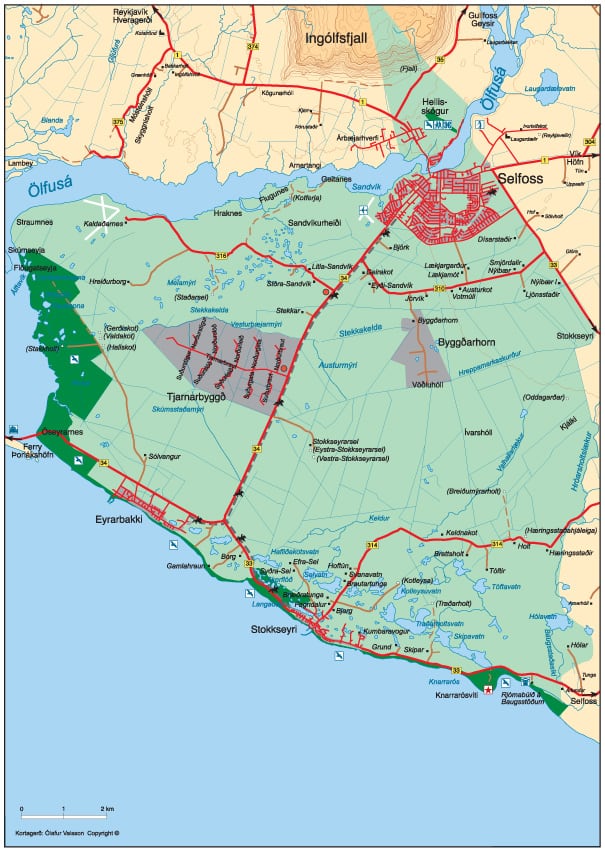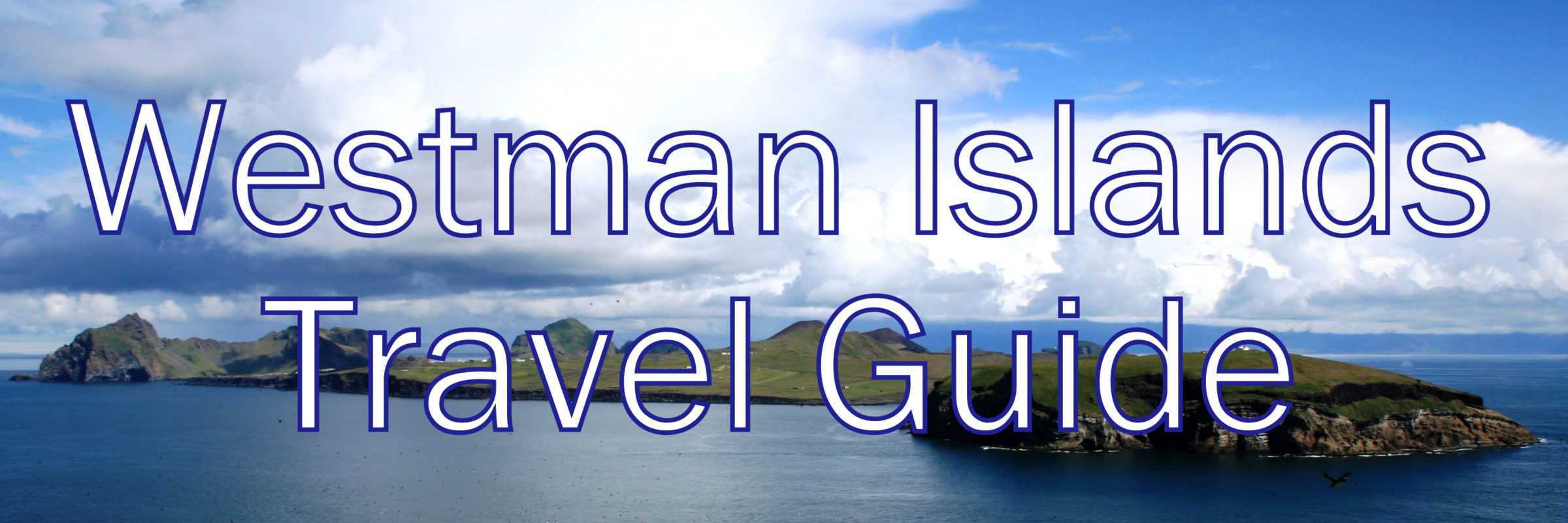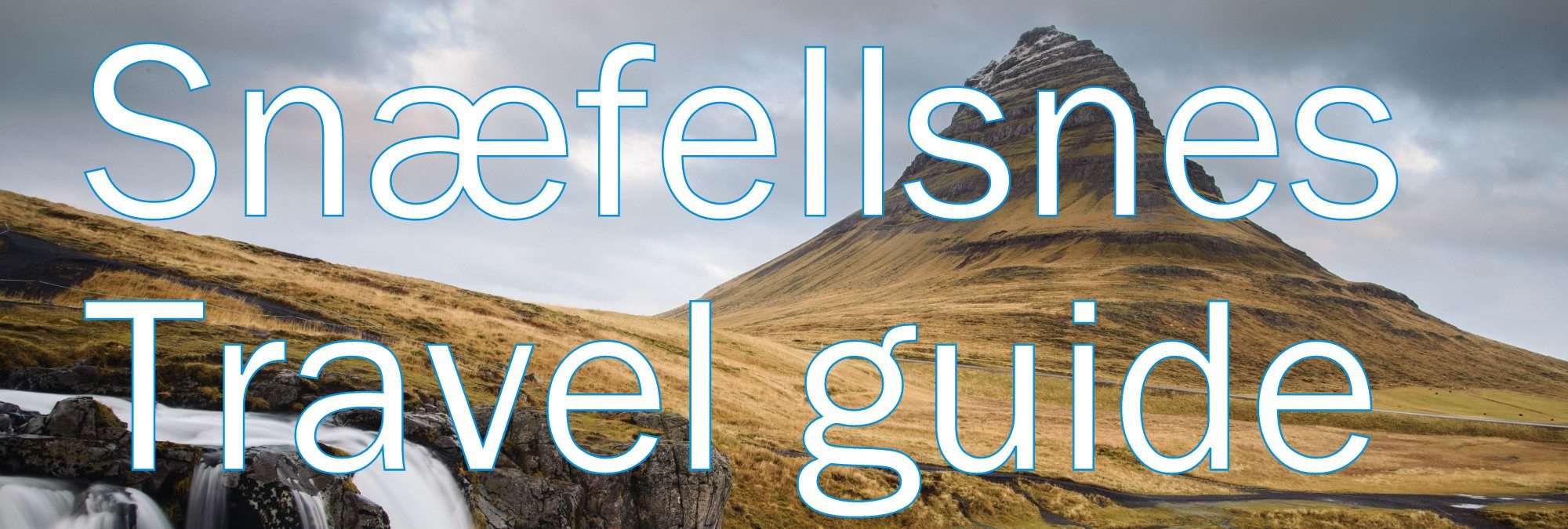That is a big question that we can‘t answer with one article but we will start off by giving you a general idea so you can start planing your camping holiday in Iceland.
The classic route is to drive around Iceland on road nr:1, the Ring road that takes you all around the country except to the Westfjords in the northwest, that‘s a detour off the Ring road but well worth the time. The Ring road is 1332 km long (828 miles). But to hurry just around the Ring road isn’t a good idea for then you‘ll miss out on so many fantastic places, the detours are endless and the roads and mountains keeps on calling to you, you want to see more and more and go further in the ever changing landscape. All these destinations are so much more readily available if you are driving in a mini camper for then you are not bound by hotels, check in and out times and so on. There are camp sites everywhere like in and outside villages, along the Ring road, close to tourist destinations, some being full of fun while others campsites off the beaten path offering seclusion and privacy. The choice is yours!
Read more: What equipment comes with the camper van
The more desolate you want to be, more planing is required when it comes to provision, fuel and such. Self reliance is the keyword here. There are many campsites with a lot of facilities like showers, washing machines, cafes and activities, all you will need when you are living on the road for an extended period of time.
Iceland is a very safe country. Being out in the wild doesn’t pose any dangers at all really except for the occasional Mosquito bite so bring your remedy for relief or if you are allergic, bring proper medication. There are no dangerous wild animals roaming around. If you are lucky, you might see a Fox, Mink or if you are camping in the east side, you might see reindeer but that‘s about it with wildlife on the ground. If a stranger approaches you in the wild, it‘s most likely the landowner curious too see who is camping on his grounds. You can read all about camping laws in Iceland here!
If you are camping during „Verzlunarmannahelgin“, The tradespeople’s‘ holiday which is usually the first weekend in August, you will witness a „slight“ increase of people camping. That weekend is, by far, the busiest camping weekend of the year. A few years back, 80% of the population went camping this weekend. So if you are planing to camp in Iceland during that time, you will either camp in PACKED campsites or if you are lucky, less so in more isolated places.
Read more: Camping in Iceland
Camping in South Iceland
In south Iceland you‘ll find the most camping sites on the southeast side, closer to Reykjavik. Around Vatnajökull National park you have a few stunning sites with views to die for. Like all campsites in Iceland, you only have to show up with your camping gear. There are rare occasions when camping has to be preordered due to festivals and such but there will always be places close by you
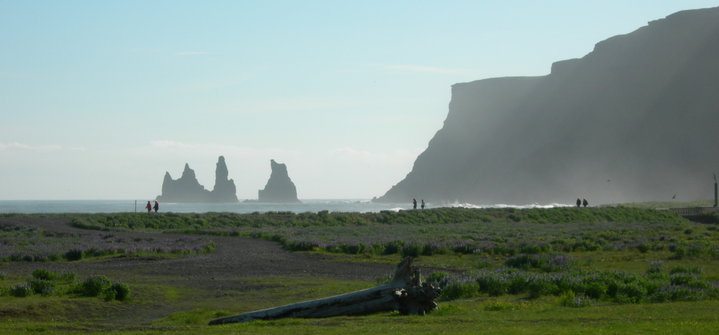 can camp on. The whole eastern part of south Iceland is flat with mountains in the far north. Lush fields and soft hills and then the landscape changes character when you have roughly reached the middle of south Iceland. Driving east you will have more mountains (it‘s a great ride driving under the mountain range called Eyjafjöllum) and less fields. The famous ice lake Jökulsárlón is also on this route and but camping is not allowed there.
can camp on. The whole eastern part of south Iceland is flat with mountains in the far north. Lush fields and soft hills and then the landscape changes character when you have roughly reached the middle of south Iceland. Driving east you will have more mountains (it‘s a great ride driving under the mountain range called Eyjafjöllum) and less fields. The famous ice lake Jökulsárlón is also on this route and but camping is not allowed there.
Camping in East Iceland
Coming from Reykjavik, East Iceland starts in Höfn. The whole area, all the way to Raufarhöfn in the north east coast is very mountainous and with beautiful fjords. These you won‘t reach unless you turn off road nr:1. There are camping sites everywhere there but you will also find beautiful spots inland in lush valleys or you can even enter the highlands from there to visit one of the biggest dams in Europe, the Kárahnjúka dam. Up there you have vast views over the highlands, harsh and impressive.
Camping in North Iceland
If you drive to Raufarhöfn, the village furthest away from Reykjavik and head west, you will pass Iceland‘s most desolate coastal area. The beaches have a lot of driftwood floating in from Russia bearing witness of distant places and seals swimming around leisurely in the giant swells. Rock beaches and moors littered with small lakes to the south. In this solitary surroundings, you truly feel away from it all; a place where all the small things in life annoying you dissipates and you become humble to life and nature. There is nothing between you and the North pole except the vast, unforgiving ocean. A magnificent place to visit and camp on before continuing on your journey.
As you continue further west, the mountains gets higher and there are photo opportunities around every corner. The roads up here are not paved so you must drive carefully and slow down when you (or if) meet other cars.
It‘s 130 km (81 mils) between Raufarhöfn and Húsavík and between the two places with the village of Kópasker in between then. But it‘s a slow and desolate road so plan your trip accordingly. Driving with care is the key. After you leave this area, you are spoiled with choices as where to drive next. After you have passed Kópasker, you can either continue drive south and connect with the ring road again or you can continue west to Húsavík. A must is to see and experience Ásbyrgi, a big, beautiful canyon with excellent camping.
Around Húsavík, Mývatn and Akureyri there are a myriad (well, sort of) of camping sites. Continuing west on the ring road, you will pass a string of villages who all have camping sites but you can also drive north, traversing the peninsulas up there and again, the views will be stunning, the roads unpaved and the experience fantastic.
Read more: Summer camping in Iceland – Packlist
Camping in the Westfjords
Northwest Iceland has the highest mountains, the most amount of fjords and the most tunnels. Just driving around is an experience so different from the rest of the country. Absolute mind numbing beauty. The northernmost part has no road and is only accessible by boat. Most villages have campsites, you only have to decide where to stay. Ísafirði is the biggest village in the area with around four thousand inhabitants. If you drive all the fjords and camp along the different places, you will eventually reach Brjánslækur.
Camping in West Iceland
When you reach Brjánslækur, you have a big choice to make. From here you can take the ferry to Stykkishólmur (needs advance booking if you come in a camper) and cruise over Breiðafjörður (the wide fjord) with its many islands and an abundant bird life. It‘s a four hour sail, not including the stop at Flatey and well worth the time spent if the weather is in your favor.
You can also skip the ferry and continue to drive the south part of the Westfjords. Here are no villages so fill up the camper van before you continue for there are not many gas stations on that route. There is one station in Brjánslækur and one more a bit north but after that, it‘s 122 km (86 miles) to the next station. A beautiful ride in deep fjords and if you are lucky, you will see Eagles soar.
Read more: Win a full refund of you Camper rental
When you reach Snæfellsnes peninsula, once more you will find yourself in a different landscape. A mountain range divides the peninsula in north and south and both side are well worth the visit and differs so much. The north side have a few cozy villages, all with it‘s own charm and the south side is more flat, more green and long beaches. Both sides have campsites. If you choose to drive around the whole peninsula (highly recommended), you‘ll go around the majestic, mysterious Snæfell glacier where the entrance to the center of the earth is to be found according to legend. The landscape is moss covered lava rocks with so much to discover, so many hidden gems.
Driving east on the south side will finally take you back to road nr:1, the Ring road and you will soon enter the town of Borgarfjörður.
Camping in Southeast Iceland
Around Borgarfjörður there is an abundance of great places to camp. Some say the area is the heart of Icelandic history. You will find interesting places going north and northeast of Borgarfjörður. The area east has also so many places to visit, camp and discover.
Reykjavík and the neighboring area have a few campsites. Find the one that suits your needs. Reykjanes peninsula offers yet another type of landscape, most part being rather flat lava fields littered with Elf homes and hideaways for dangerous criminals fleeing a beheading by their Viking clan. This is also where the Blue Lagoon is situated.
As with any trip, do your research like reading our blogs about winter camping or summer camping in Iceland. As much as you want to cover everything, it‘s tough goal to reach unless you are staying for the summer. Try making a general plan based on what you want to see and do. Choose the destinations you MUST see and start from there. Always think of your fuel consumption. It‘s better to fill up often that to run out of gas in an inhabited area. Bring dry foods that doesn’t go bad, a decent map you can study together with your GPS but most importantly, enjoy for you are in for the ride of your life!
Happy camping! #WohoCamper
UPDATE 15/6, 2017
The municipality of Árborg (Selfoss and the surrounding areas) have now banned all camping outside areas of designated camping sites. Tents, motorhomes, campers are all banned except in camping sites!
Iceland Travel Guides
If you like what you see, please subscribe to our YouTube channel!


